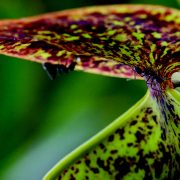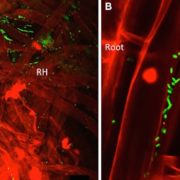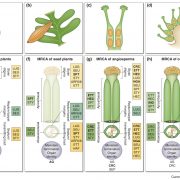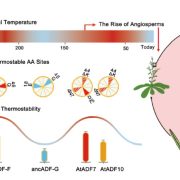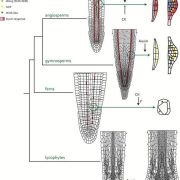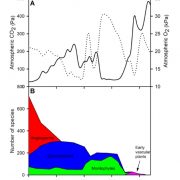Strategic seed sourcing will enable species to better adapt to changing environments (eLIFE)
 Yellow box, Eucalyptus melliodora, is an iconic Australian tree and foundation species of a critically endangered woodland community that is the target for restoration efforts. This community is currently severely fragmented, and less that 5 % of its original distribution remains. Models of climate prediction and other environmental changes can and should be used in seed sourcing to increase the chance of successful restoration and the long-term survival of restored communities. For yellow box, for example, an ecological niche model predicted that by 2090 suitable areas for this species will have decreased by 77 % due to environmental change (Broadhurst et al, 2018). Applying appropriate seed sourcing strategies can aid in identifying suitable variation able to survive and thrive in predicted future environments. Recently, Supple et al (2018) developed a landscape genomic model to assist in building resilient populations of this foundation species. They found that gene-flow extends as far as 500 km, and observed that great phenotypic variation exists between sampling sites, which indicates that seeds can be sourced broadly to ensure for greater genetic diversity. Combining environmental, genomic and ecological knowledge of especially foundation species will greatly enhance the probability for successful restoration projects in changing environments. (Summary by Danielle Roodt Prinsloo) eLIFE 10.7554/eLife.31835
Yellow box, Eucalyptus melliodora, is an iconic Australian tree and foundation species of a critically endangered woodland community that is the target for restoration efforts. This community is currently severely fragmented, and less that 5 % of its original distribution remains. Models of climate prediction and other environmental changes can and should be used in seed sourcing to increase the chance of successful restoration and the long-term survival of restored communities. For yellow box, for example, an ecological niche model predicted that by 2090 suitable areas for this species will have decreased by 77 % due to environmental change (Broadhurst et al, 2018). Applying appropriate seed sourcing strategies can aid in identifying suitable variation able to survive and thrive in predicted future environments. Recently, Supple et al (2018) developed a landscape genomic model to assist in building resilient populations of this foundation species. They found that gene-flow extends as far as 500 km, and observed that great phenotypic variation exists between sampling sites, which indicates that seeds can be sourced broadly to ensure for greater genetic diversity. Combining environmental, genomic and ecological knowledge of especially foundation species will greatly enhance the probability for successful restoration projects in changing environments. (Summary by Danielle Roodt Prinsloo) eLIFE 10.7554/eLife.31835


